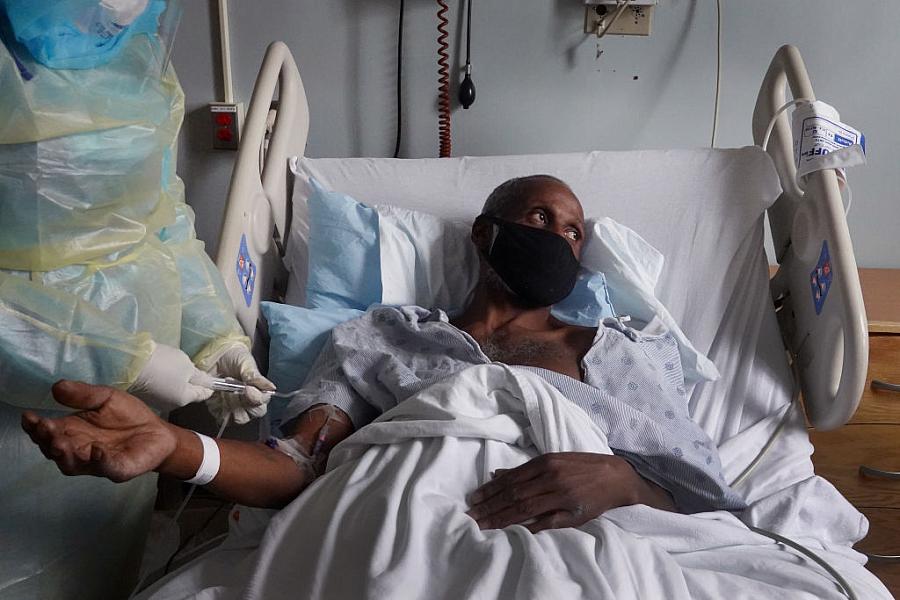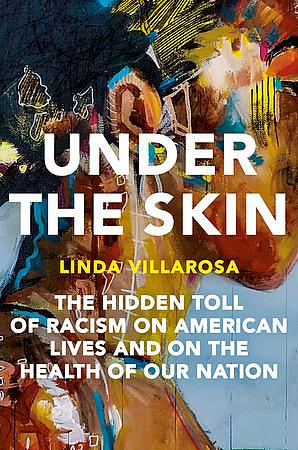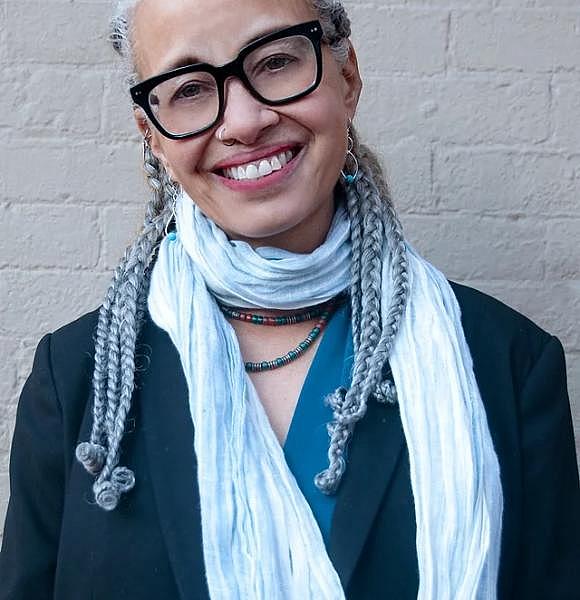Linda Villarosa changed how she thinks about race and health. Now she hopes to bring others along.

(Photo by Scott Olson/Getty Images)
The longform journalist Linda Villarosa is a master at crafting narratives with the power to change the broader narratives by which we interpret the world. Her series of powerhouse feature stories for the New York Times Magazine in recent years — delving deep on everything from the Black maternal mortality crisis to a hidden HIV epidemic among Black gay and bisexual men in Mississippi — keep urging us to rethink how we understand the relationship between race and health in America.
It's an area ripe for rethinking. As Villarosa sees it, this country has a long and ignoble tradition of blaming people and their individual choices for the poor health outcomes they and their families suffer. “That’s one thing that really upsets me, so a lot of the reporting I do is to disprove that it’s individual people’s fault about the health disparities that have been long standing in our country,” she told the Center for Health Journalism’s 2022 National Fellows at a keynote dinner on Sunday.
Those racial health disparities, thrust anew into the national consciousness by the brutally unequal death toll of COVID-19 and the protests following the murder of George Floyd over the last few years, are the focus of Villarosa’s new book, “Under the Skin: The Hidden Toll of Racism on American Lives and on the Health of Our Nation.”
The book builds on Villarosa’s magazine stories, with gripping narratives and richly drawn individual lives pulling the reader through byways of overlooked history and research, working up to the point in the story where the inescapable power of race in shaping someone’s health can neither be denied nor dismissed as a front for another issue (poverty perhaps).
Despite recent openings in the national conversation, Villarosa is butting up against a stubborn narrative that still views health as the sum of life’s choices. She’s candid about her own educational journey on this front, so much so that the very first chapter of her book is titled, “Everything I Thought Was Wrong.” She grew up with a version of this story in her family. “If you just get enough education, if you just work hard, if you just take care of yourself, you will have good health,” she recalled this week. In another way, it was the story undergirding her work as health editor at Essence magazine in the 1980s. “We’re telling individual Black women and their families how to take better care of yourselves in order to lift the health status of the race,” she recalled.

In her view at the time, the real reason these persistent health disparities were plaguing Black Americans was explained by the disproportionate share of poverty in Black communities. Several things prompted a shift in perspective for her, including the year she spent studying public health and her discovery of the work of Harold Freeman, a surgeon who published a groundbreaking study in the New England Journal of Medicine in 1990 showing that Black men in Harlem live fewer years than their peers in Bangladesh. Clearly, more was at play here than poverty.
In a later conversation, Freeman warned Villarosa not to conflate race and class. The categories may overlap, but not all Black people are poor, and not all poor health outcomes in Black people can be explained by class. Something else is going on, as Villarosa has powerfully shown in the years since — namely, race and the health effects of racism.
She witnessed another version of this story in her own family when her father was hospitalized while battling colon cancer and experiencing dementia. By the time Villarosa caught a flight and got to his bedside at a VA hospital, she found him disheveled, wearing a dirty gown and restraints on his legs. An attendant spoke harshly to him. “Get me out of here,” her father pleaded. Villarosa and her mother were forced to orchestrate a campaign to get the hospital staff to treat him with respect. They showed up dressed in corporate suits and bearing family photos, medals from his military service, and Villarosa’s New York Times business cards — signifiers of distinction.
“My father died not too long after my mother visited him,” Villarosa writes in her book. “And he didn’t deserve special treatment because of his class and education. Class was the only card my mother had to play, so we played it. But like anyone, he should’ve been treated with dignity.”
Villarosa, who also directs the journalism program at the City College of New York, saw a version of this broader story reflected in her own body when she gave birth to an underweight baby who weighed only 4 pounds, 13 ounces, despite her status as a highly educated mother in good health.
One of her broader goals in telling these stories is to confirm and acknowledge that people are having these awful experiences, through no fault of their own. Villarosa pointed to the fact that in two reviews of her book, by The New York Times and The Washington Post, both reviewers detailed their own experiences of being mistreated by the health system.
“I’m talking to more and more people in my narratives, and it’s this kind of pileup of people saying, ‘This happened to me’,” she said. Understanding the reasons behind that pileup led her deeper into the research. Her mind lit up when she found the groundbreaking work of Arline Geronimus at the University of Michigan School of Public Health.
Linda Villarosa.
Geronimus is known for developing the concept of “weathering,” in which the stress of racism and discrimination trigger the body’s stress-response system in ways that corrode health and accelerate aging. The storms and slights of living as a person of color in America — “hard-effort coping against discrimination” — take their toll in ways that go beyond the mind and become embedded in the body, the theory asserts.
Geronimus’ theory of weathering inspired Villarosa to travel, somewhat surprisingly, to West Virginia, a predominantly white state that has nonetheless suffered a series of health disasters in recent decades. As Villarosa explains in this chapter of her book, the state’s opioid crisis had morphed into widespread heroin use, which in turn led to an HIV outbreak from shared needles. The through line, for Villarosa, is this underlying idea of weathering, as she recently told Dave Davies on “Fresh Air:” “What I found was — right away, the first thing I noticed was people looked so much older than I thought… I saw people that were homeless. There was such an extreme amount of shame from the people. There was so much pain. And I just thought, this is weathering, too. When people get treated badly, they blame themselves.”
Another chapter of the book takes Villarosa to Montgomery, Alabama, where in a remarkable feat of reporting persistence and serendipity, she tracks down the hard-to-find Relf sisters, who were sterilized against their will and without their parents’ consent at the ages of 12 and 14. A lawsuit filed afterwards showed that over 100,000 women of color had been sterilized over the previous decades and forced doctors to obtain consent moving forward, as Villarosa reports in the story, a version of which recently ran in the Times Magazine.
Despite the grievous sense of despair and injustice you’d expect to reap from spending so much time gathering these stories in recent years –“I overreport everything” – Villarosa said, she remains optimistic, particularly about the changes she’s observed in the past two years. “The rest of the country has discovered racism and is trying to do something about it,” she said.
She’s especially impressed with the next generation of health providers.
“I spent a lot of time with medical students, nursing students, the future docs of America, and I found them to be very different from their predecessors,” Villarosa said. “I found them to be politicized by Black Lives Matter when they were in high school or an undergrad in college, and now they’re going to medical school and saying I want to be a different type of doctor. It was across race lines that I saw that.”
**
